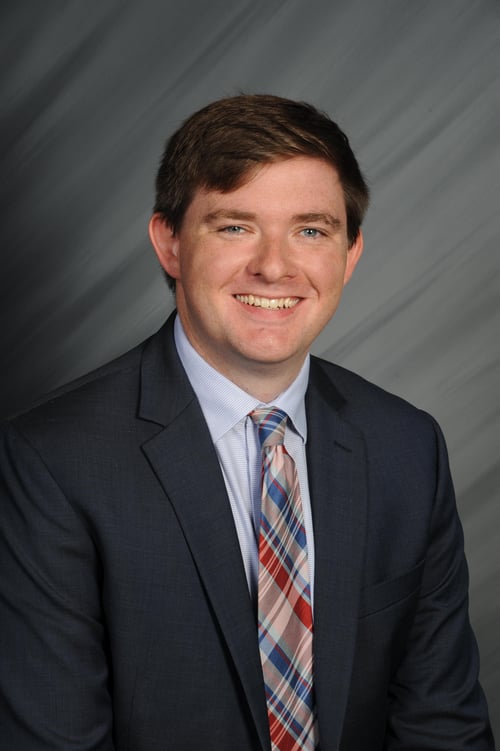
June is recognized as National Migraine and Headache Awareness Month, a time dedicated to sharing more understanding of these common and debilitating conditions that many readers have experienced at least once in their life. According to the World Health Organization, it is estimated that migraines affect approximately 1 in 7 people worldwide. In other words, nearly a billion people are suffering from headaches every day. These symptoms tend to be more common in women, with three times as many women experiencing migraines compared to men. However, tension-type headaches, the most common type of headache, affect both genders equally. Migraines and headaches can be triggered by various factors. Most people commonly blame stress, certain foods and beverages, and poor sleep for their symptoms. However, hormonal changes and various environmental stimuli, such as aggravating lights or sounds can be triggers as well. Unfortunately, because there are so many factors, the exact cause of certain headaches and migraines is not fully understood. However, in general, many experts believe that people tend to be genetically and environmentally primed to develop headaches. Most people tend to start having symptoms starting in adolescence or early adulthood.
When I treat patients, my approach can vary depending on how often and how painful their headaches are. Thankfully, over-the-counter pain relievers such as acetaminophen or ibuprofen can provide temporary relief for mild headaches, and are a straightforward first line for most cases. However, some of my patients report more severe or frequent headaches, with symptoms occurring multiple times per week and episodes lasting the entire day. For these more intense, migraine-like headaches, I prefer to try prescription medications such as sumatriptan. While effective though, stronger medications often have side effects and certain health problems can make taking them dangerous, which is why it’s important to see your doctor if you’re having problems with headaches.
Of course, non-pharmacological approaches and lifestyle change are always useful to try. Simple measures, such as relaxation, stress management, and exercise are always healthy measures that can help, even if you don’t suffer from headaches. In addition, I always like to recommend good sleep and avoiding triggers such as strong odors. In particular, I always tell patients that drinking less caffeine, avoiding alcohol, and avoiding food with excessive amounts of artificial additives can help manage headaches and migraines. It also helps drink plenty of water. To help with prevention, I recommend keeping a “headache diary,” which you use to record when headaches occur and what may have triggered the headache. This can help patients identify and avoid their triggers.
It’s important to talk about migraines and headaches because raising awareness can help people learn how to live more comfortably with these conditions. Not only are these complaints common, they can have a significant impact on one’s life. My hope is that by discussing these issues today, we can reduce the stigma and encourage people to seek appropriate medical help. By sharing an understanding with this issue, friends and family can express more empathy for headache and migraine patients, ultimately improving the quality of life for millions of people worldwide.
 Dr. Jimenez is a resident physician who sees patients of all ages and provides obstetrical services at Lone Star Family Health Center, a non-profit 501©3 Federally Qualified Health Center operating facilities in Conroe, Spring, Willis, Grangerland, and Huntsville, and serving as home to a fully integrated Family Medicine Residency Program to increase the number of Family Medicine physicians for Texas and our community.
Dr. Jimenez is a resident physician who sees patients of all ages and provides obstetrical services at Lone Star Family Health Center, a non-profit 501©3 Federally Qualified Health Center operating facilities in Conroe, Spring, Willis, Grangerland, and Huntsville, and serving as home to a fully integrated Family Medicine Residency Program to increase the number of Family Medicine physicians for Texas and our community.



